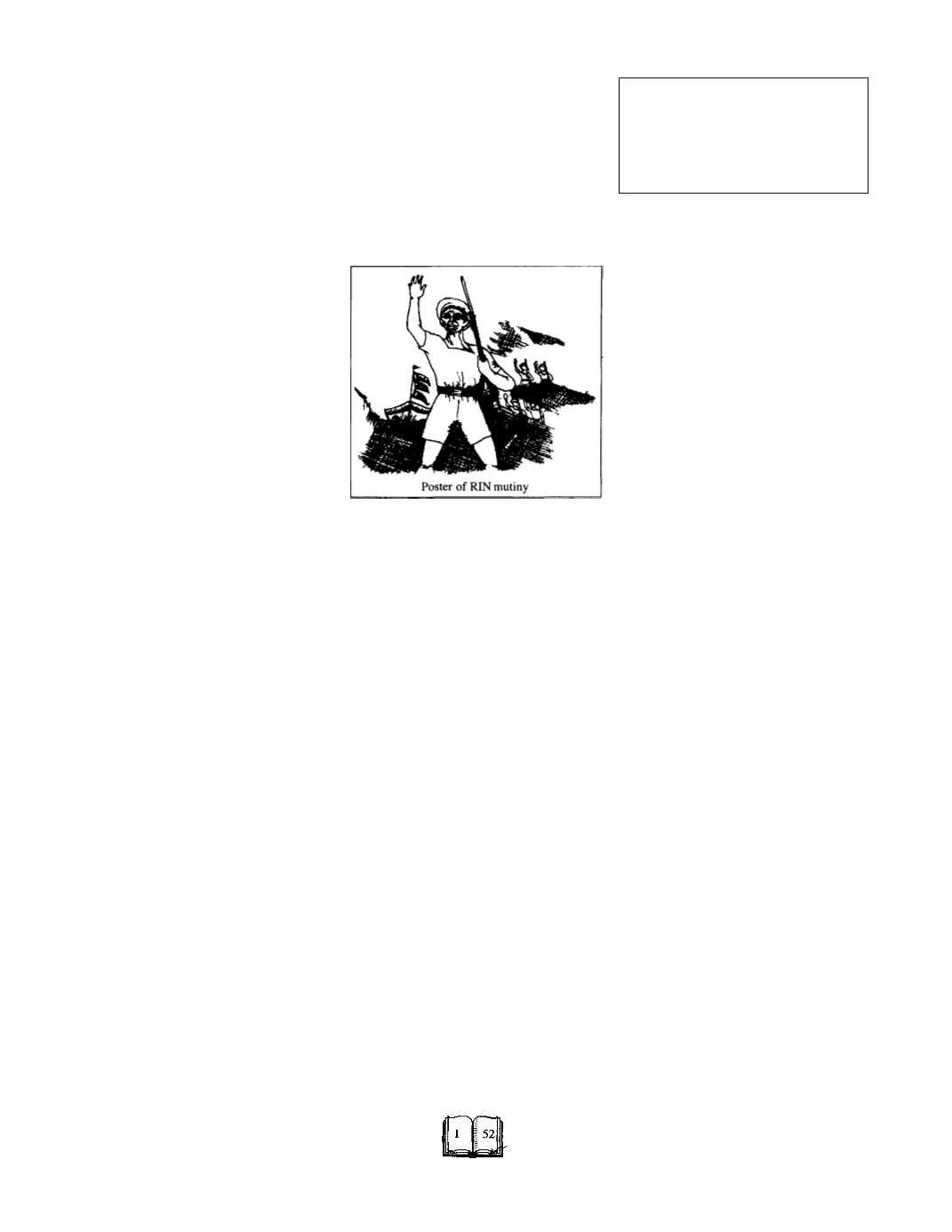

FREEDOMMOVEMENT
Eternal India
encyclopedia
Labour Government
Meanwhile in Britain there was a change
of government with the Labour Party win-
ning the General Election held in July 1945.
Clement Attlee replaced Winston Churchill
as Prime Minister.
The new Government made a serious
attempt to end the political deadlock in India.
The King Emperor announced in his speech
from the throne ‘
that his government are de-
termined to do their utmost to promote in
conjunction with the leaders of Indian opin-
ion the early realisation of full self-govern-
ment in India.'
The first step in this direc-
tion was the announcement, on August 21,
1945 that elections to the various Indian
legislatures would be held and that the
Viceroy, Lord Wavell, would proceed to
London for consultations.
Wavell left for London on August 24
and returned on September 16. Three days
later he made an announcement in which he
said:
‘It is the intention of His Majesty's
Government to convene as soon as possible
a constitution-making body, and as a pre-
liminary step they have authorised me to
undertake, immediately after the elections,
discussions with representatives of the Leg-
islative Assemblies in the provinces, to ascer-
tain whether the proposals contained in the
1942 declaration are acceptable or whether
some alternative modified scheme is prefer-
able.
Discussions will also be undertaken with
the representatives of the Indian States with
a view to ascertaining in what way they can
best take their part in the constitution-making
body....
During these preparatory stages the Gov-
ernment of India must be carried on, and
urgent economic and social problems must
be dealt with. Furthermore India has to play
her full part in working out the new World
Order.
His Majesty's Government has therefore
authorised me, as soon as the results of the
provincial elections are published, to take
steps to bring into being an Executive Council
which will have the support of the main
Indian parties.’
On the same day Prime
Minister Attlee broadcast an appeal to the
Indians to make a united effort to evolve a
constitution which would be accepted as fair
by all parties and interests in India.
NAVALMUTINY - 1946
There was an explosive situation in India
in 1946 after the end of the war. There was
a strike wave which intensified with the par-
ticipation of hundreds of thousands of non-
industrial workers like the middle-class
employees of banks, post and telegraph
workers and other government employees. In
July, the railwaymen were about to go on an
all-India strike.
There were a number of mutinies in the
armed forces. In early 1946, there were strikes
by pilots and other Air Force personnel in
Karachi, Bombay, Calcutta and several other
air bases in the country. There was a strike
by the Indian Signal Corps at Jabalpur. Even
the police and the bureaucracy had begun to
reveal nationalist leanings.
The gravest incident was the mutiny of
the ratings of the Royal Indian Navy. It began
with a mutiny by the ratings on the HMIS
Talwar Signal Training Ship in Bombay on
18th February 1946 as an expression of anger
against intolerable service conditions and the
racial discrimination of their British officers.
Within 48 hours, it affected a large part of the
navy in Bombay, Calcutta, Karachi and other
places.
The rebels demanded the release of the
INA soldiers and the withdrawal of Indian
troops from Indonesia. They took possession
of some of the ships, mounted the guns and
prepared to open fire on the military guards.
The government threatened with overwhelm-
ing forces at its disposal even if it meant the
destruction of the navy. Troops were sent to
Bombay where there were fierce clashes be-
tween the British army and the mutineers.
About 300 persons were killed and about
1500 injured during 21-23 February. It was
largely due to the efforts of Vallabhbhai Patel
that on 23rd February, the ratings surrendered.
R.I.N. MUTINY LEADERS
TO BE TRIED -
No collective punishment
National Herald, 26, Feb 1946
The revolt of the naval ratings in India
was of special significance in the context of
the existing circumstances. It was for the first
time after 1857 that a section of the Defence
forces openly rebelled against the British on
a political issue.
Demands of the Talwar strikers: at a
meeting of the strikers of the HMIS, Talwar,
one of their leaders, presenting the demands,
stated,
"When we started the strike, we never
thought that we would get such enthusiastic
support from all our fellow ratings. We have
received news that practically all the ratings
of the Royal Indian Navy have joined in our
struggle. We are all proud of our unity.
I have just been told that when you were
coming here in a procession some of you
behaved very badly. I do not blame you for
that. I know how we have suffered insults
and humiliations. I know today it is a bit
difficult for us to control our feelings. But we
must not forget that our fight is a non-violent
one...These are the demands we propose to
place before the authorities today.
1.
Release all political prisoners including
those of the INA.
2.
Take action against Commander King,
C.O. of the Talwar for using insulting
language against the ratings.
3.
Speedy demobilisation and provision
for resettlement in peace-time employ-
ment.
4.
Same scale of pay, allowances etc as
those of Royal Navy ratings.
5.
Access to NAAFI Canteens.
6.
Better food.
7.
No return of clothing kit at the time of
release and
8.
Withdrawal of Indian troops from Indo-
nesia.
A call to the people: The central strike
committee of the strikers in the Indian Navy
makes this earnest appeal to the leaders of the
political parties in India and the Indian people.
We have all of us been in the Indian Navy
for several years. During this time we have
been undergoing untold hardships, low pay,
















